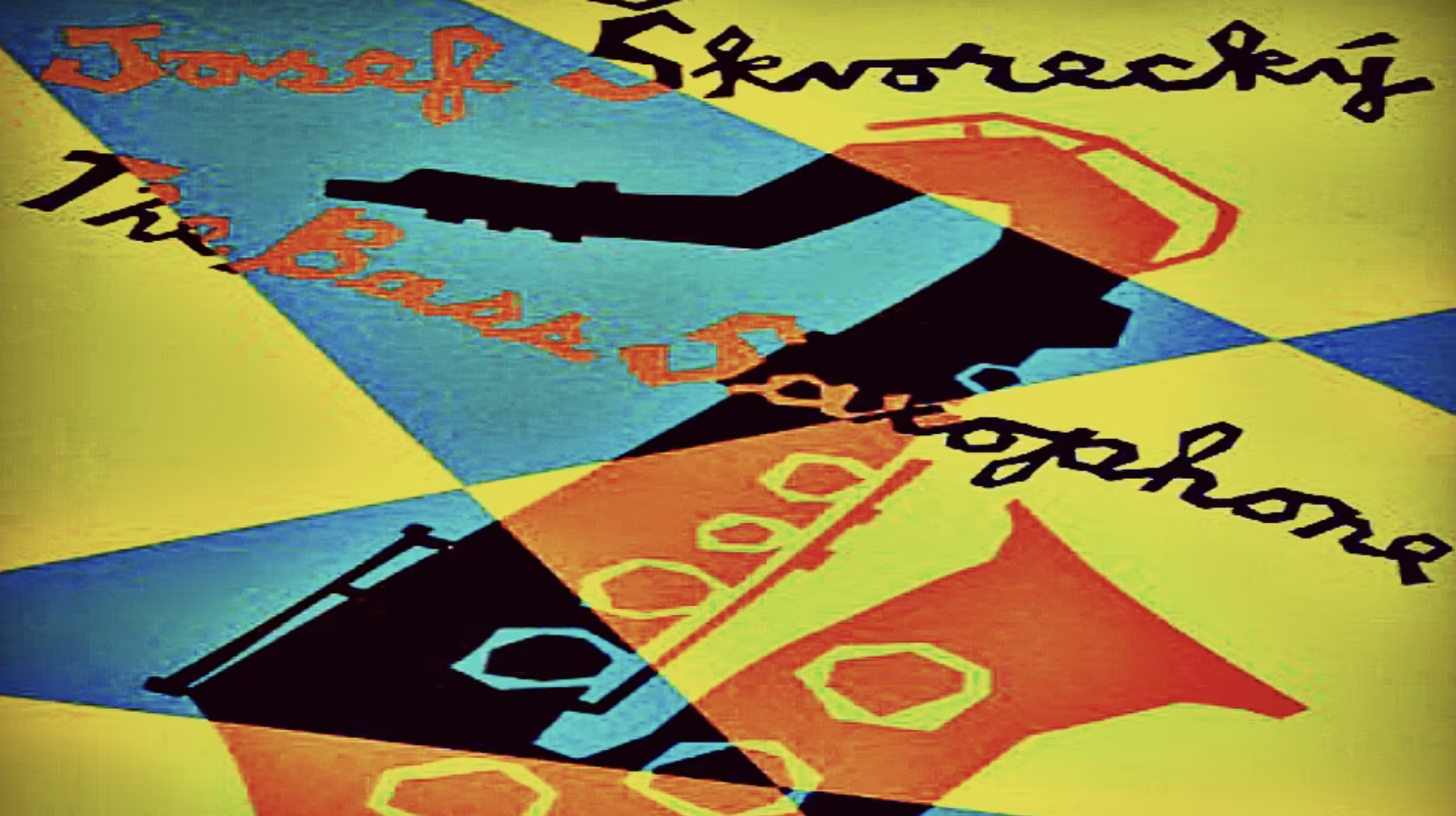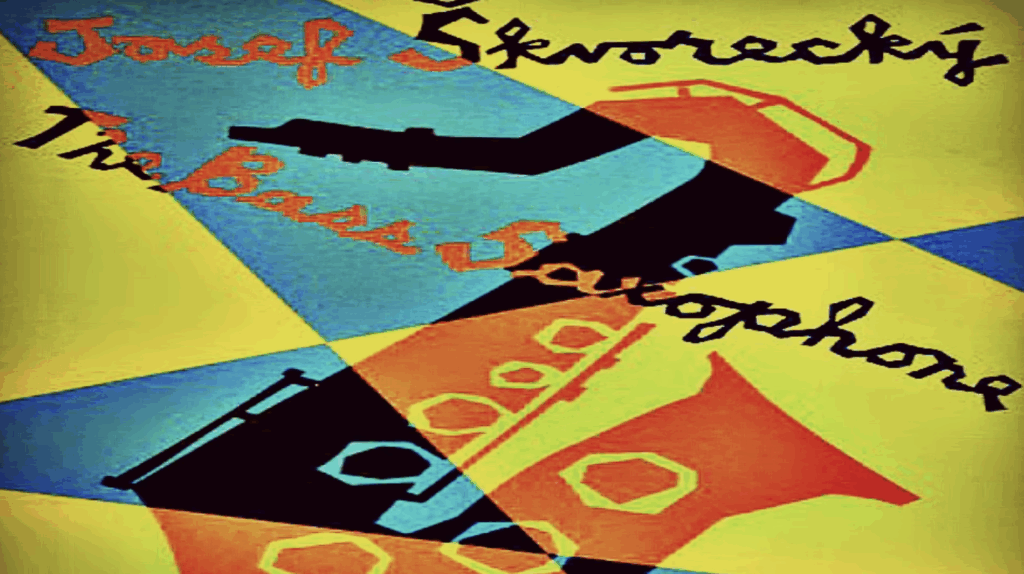

Like the rock and roll revolution of the 1950s, which shocked staid white audiences with translations of black rhythm and blues, the popularity of jazz caused all kinds of racial panic and social anxiety in the early part of the twentieth century. Long before the rise of European fascism, many American groups expressed extreme fear and agitation over the rise of minority cultural forms. But by World War II, jazz was intrinsically woven into the fabric of American majority culture, albeit often in versions scrubbed of blues undertones. This was not, of course, the case in Nazi occupied Europe, where jazz was suppressed; like most forms of modern art, it bore the stigma of impurity, innovation, passion… all qualities totalitarians frown on (even anti-fascist theorist Theodor Adorno had a serious beef with jazz).
And while it’s no great surprise that Nazis hated jazz, it seems they expressed their disapproval in a very oddly specific way, at least in the recollection of Czech writer and dissident Josef Skvorecky.
On the occasion of Skvorecky’s death, J.J. Gould pointed out in The Atlantic that the writer was himself one of the characters that so interested Kubrick. An aspiring tenor saxophone player living in Third Reich-occupied Czechoslovakia, Skvorecky had ample opportunity to experience the Nazis’ “control-freak hatred of jazz.” In the intro to his short novel The Bass Saxophone, he recounts from memory a set of ten bizarre regulations issued by a Gauleiter, a regional Nazi official, that bound local dance orchestras during the Czech occupation.
- Pieces in foxtrot rhythm (so-called swing) are not to exceed 20% of the repertoires of light orchestras and dance bands;
- In this so-called jazz type repertoire, preference is to be given to compositions in a major key and to lyrics expressing joy in life rather than Jewishly gloomy lyrics;
- As to tempo, preference is also to be given to brisk compositions over slow ones (so-called blues); however, the pace must not exceed a certain degree of allegro, commensurate with the Aryan sense of discipline and moderation. On no account will Negroid excesses in tempo (so-called hot jazz) or in solo performances (so-called breaks) be tolerated;
- So-called jazz compositions may contain at most 10% syncopation; the remainder must consist of a natural legato movement devoid of the hysterical rhythmic reverses characteristic of the barbarian races and conducive to dark instincts alien to the German people (so-called riffs);
- Strictly prohibited is the use of instruments alien to the German spirit (so-called cowbells, flexatone, brushes, etc.) as well as all mutes which turn the noble sound of wind and brass instruments into a Jewish-Freemasonic yowl (so-called wa-wa, hat, etc.);
- Also prohibited are so-called drum breaks longer than half a bar in four-quarter beat (except in stylized military marches);
- The double bass must be played solely with the bow in so-called jazz compositions;
- Plucking of the strings is prohibited, since it is damaging to the instrument and detrimental to Aryan musicality; if a so-called pizzicato effect is absolutely desirable for the character of the composition, strict care must be taken lest the string be allowed to patter on the sordine, which is henceforth forbidden;
- Musicians are likewise forbidden to make vocal improvisations (so-called scat);
- All light orchestras and dance bands are advised to restrict the use of saxophones of all keys and to substitute for them the violin-cello, the viola or possibly a suitable folk instrument.
As The Atlantic notes, “being a Nazi, this public servant obviously didn’t miss an opportunity to couch as many of these regulations as he could in racist or anti-Semitic terms.” This racialized fear and hatred was the source, after all, of the objection. It’s almost impossible for me to imagine what kind of music this set of restrictions could possibly produce, but it most certainly would not be anything people would want to dance to. And that was probably the point.
For more on Josef Skvorecky’s life as a writer under Nazism and his escape from Czechoslovakia after the Soviet invasion, read his illuminating Paris Review interview.
Note: An earlier version of this post appeared on our site in 2013.
Related Content:
Hear the Nazi’s Bizzaro Propaganda Jazz Band, “Charlie and His Orchestra” (1940–1943)
How France Hid the Mona Lisa & Other Louvre Masterpieces During World War II
When the Nazis Declared War on Expressionist Art (1937)
Josh Jones is a writer, editor, and musician based in Washington, DC. Follow him @jdmagness







